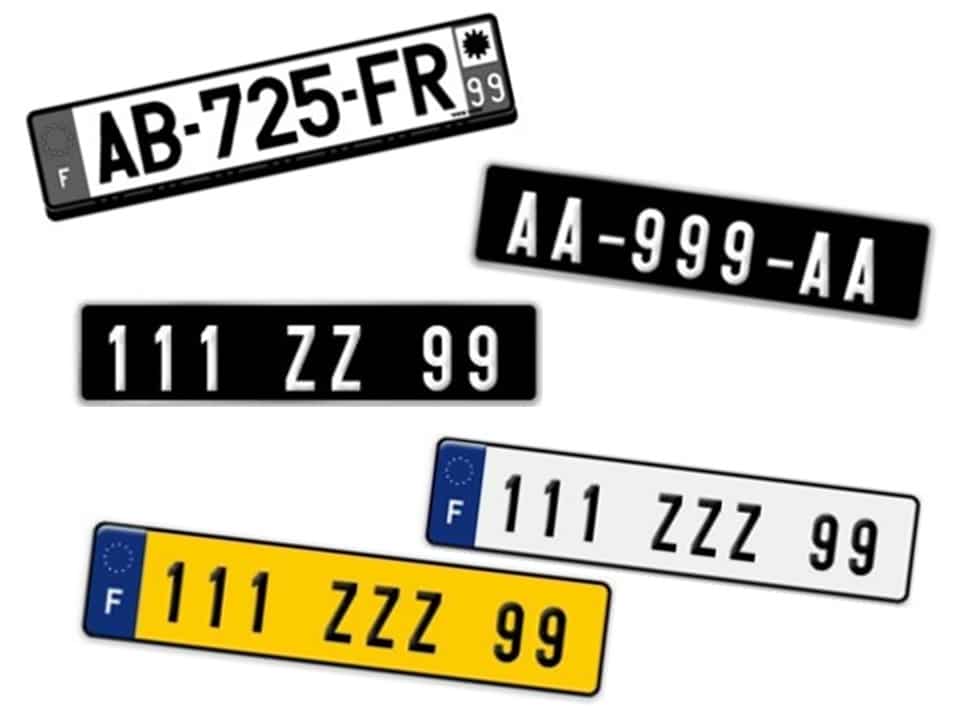
The license plates in France
Discover the origin, the evolution and above all the regulatory importance of vehicle registration plates in France.
Some older vehicles have painted license plates, others have approved plates with white letters on a black background, some have regional and European logos, others nothing… Why do vehicles have license plates, and what are the rules on visual appearance?
The decree issued by the Ministry of Public Works on September 10th, 19011 established the principle that motor vehicles must bear license plates at the front and rear. The explanatory memorandum, transcribed below, details the reason for this new obligation.
“Public opinion is rightly concerned about the excessive number of accidents resulting from the excessive speed at which automobiles are driven. The regulation of March 10th, 1899 had limited this speed to 30 kilometers per hour in open country and 20 kilometers in built-up areas, after specifying that the speed should be considerably reduced, down to that of a man walking at a walk, in all circumstances where prudence dictated it. These wise prescriptions have been lost sight of; giving in more and more to the drive to speed, car drivers show too little concern for the safety of the roads and alarm village populations by the immoderate pace of their walk; and it happens too often that after having caused an accident, preoccupied with escaping the sanctions that could befall them, they slip away, without having been recognized”.
License plates must therefore make it possible to identify a vehicle without error, and beyond that, the vehicle, its owner and probable driver.
Today, the decree of February 9th, 2009 “fixing the characteristics and method of installation of license plates” for vehicles regulates this subject.
In addition to dimensional aspects, this decree stipulates that license plates and the reflective materials used in their manufacture must conform to a type approved by the Minister of Transport.
However, the surface of the license plate may not be strictly flat, on the express condition that its curvature does not distort the numbers and letters in such a way as to make it difficult to read the license number.
As for colors and logos, the rules vary according to the type of registration (old or new) and whether or not the vehicle is marked as a collector’s item on the registration certificate.
General case of vehicles bearing their definitive number, in the AA-999-AA format
The general rule is:
– Reproduction of numbers and letters in non-reflective black lettering on a white retroreflective background
– The presence on the left-hand side of the plate of the European symbol completed by the letter “F”,
– And the presence on the right-hand of the nameplate of the territorial identifier consisting of the official logo of a region. The choice of this territorial identifier is free and may not be linked to the domicile of the registration certificate holder. When the vehicle has two plates, the territorial identifier must be identical on the front and rear plates.
The hyphens, European symbol and territorial identifier are integrated into the plate or the reflective material used for its manufacture, so as to guarantee their correct positioning and respect for their dimensional and visual characteristics.
The disappearing case of vehicles bearing a number in the old format, 1111 ZZ 99.
For these vehicles, whatever their age, whether or not they are marked “collection” on the registration certificate, the following are authorized:
White letters (metal color authorized) on a black background on the front and rear
Black letters on a white background on the front and a yellow background on the rear. The plates also feature the European symbol completed with the letter “F” on the left-hand side.
Vehicles marked “collection” on the registration certificate
Collector vehicles, as defined in paragraph 6.3 of article R.311-1 of the Highway Code, benefit from special rules. For these vehicles, whether registered in the new or old series, the registration number may be reproduced on each number plate in white characters (metal color authorized) on a black background. European and regional logos are not required.
Nevertheless, the plates must meet the requirements of the afore mentioned Order of February 9, 2009, whether in terms of the retro-reflective nature of the background paint, or the size of the plates. Consequently, regardless of the vehicle’s age, and although often tolerated, plates painted on the bodywork or on a support are not authorized.
Texts by Lionel Perrette,
STM/DRT/Chef du pôle véhicules – Coordinateur du pôle interrégional “Véhicules” Est
DREAL (Direction Régionale de l’Environnement, de l’Aménagement et du Logement) Bourgogne-Franche-Comté
GOOD TO KNOW
The manufacturers’ archives are essential to make the certificate allowing you to obtain a “collection” registration document.
Thanks to its Archives Center, L’Aventure has production records, approval documents, commercial brochures, etc. from Peugeot, Citroën and Panhard.
Contact L’Aventure to register your vehicles in “collection” (except motorcycles): contact-avpcd@laventureassociation.com
L’Aventure also issues birth certificates, certificates of conformity etc.
More information -> https://laventure-association.com/en/certificates-and-attestations/
Email : contact-avpcd@laventureassociation.com



